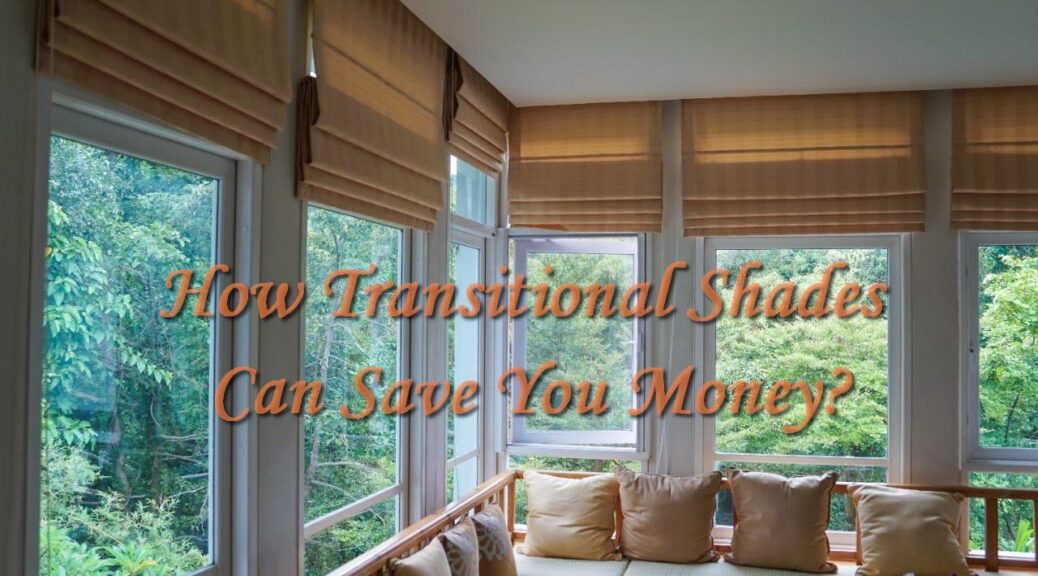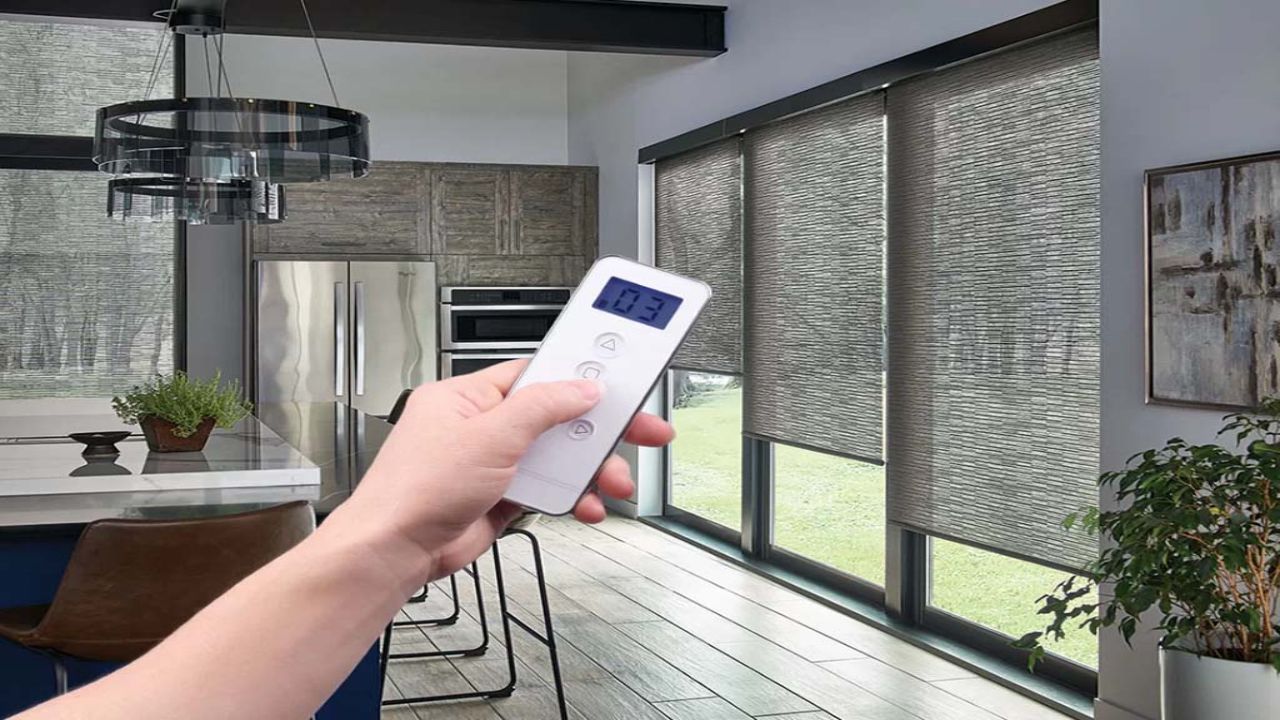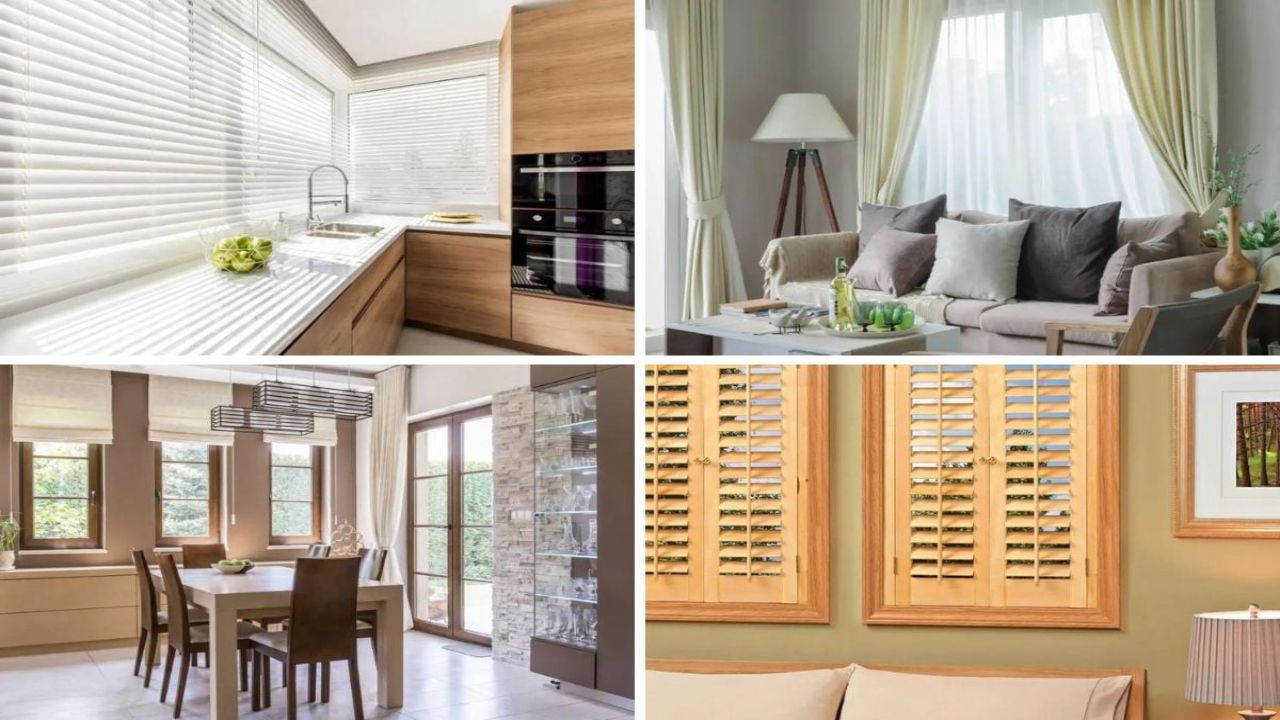
How Transitional Shades Can Save You Money?
In the pursuit of an energy-efficient and cost-effective home, every detail counts. One often overlooked yet impactful element is the choice of window treatments. Among the array of options available, transitional shades emerge as a strategic investment that goes beyond mere aesthetics. These shades, also known as honeycomb or cellular shades, boast a range of features that can significantly contribute to your savings over time. From energy efficiency to UV protection and increased home value, the advantages of transitional shades extend far beyond their stylish appearance. In this exploration, we delve into how transitional shades can be a key player in your financial strategy, unravelling the ways in which they offer both immediate and long-term economic benefits.
The Energy Efficiency Advantage

Transitional shades, with their distinctive cellular structure, provide more than just a window covering; they serve as a natural insulator for your home. This inherent insulating property becomes a vital ally in regulating indoor temperatures, preventing unnecessary heat loss during winter and blocking heat gain in the scorching summer months. The result is a more efficient HVAC system, translating into lower energy consumption and substantial savings on your utility bills.
UV Protection for Long-Term Savings
The sunlight streaming through your windows can bring warmth and brightness to your living spaces, but it also carries the potential for long-term damage. Transitional shades act as a shield against harmful UV rays, safeguarding your furniture, flooring, and decor from fading and deterioration. By investing in UV protection through these shades, you not only preserve the integrity of your interior but also save money by avoiding the need for frequent replacements and repairs caused by sun damage.
Versatility in Light Control
One of the standout features of transitional shades is their unparalleled versatility in light control. The design allows you to customize the amount of natural light entering your space, reducing the dependence on artificial lighting during daylight hours. This not only creates a pleasant and adaptive ambiance but also contributes to significant energy savings, as you can maximize natural light while minimizing electricity usage.
Durable and Low-Maintenance Investment

In the realm of cost savings, durability and low maintenance play pivotal roles. Transitional shades are crafted from high-quality materials that ensure longevity, eliminating the need for frequent replacements associated with traditional window coverings. Their straightforward and elegant design further simplifies upkeep, making them a practical and low-maintenance investment. By choosing transitional shades, you’re not only saving on repair and replacement costs but also ensuring a lasting and reliable solution for your window treatment needs.
Increased Home Value and Energy-Efficiency Incentives
The financial benefits of transitional shades extend beyond immediate savings. In the real estate market, energy-efficient features are highly prized, and homes with such upgrades often command higher prices. Installing transitional shades not only enhances your home’s energy efficiency but also increases its overall value. Furthermore, some regions offer incentives and tax credits for homeowners investing in eco-friendly improvements, providing an additional avenue for savings. Transitioning to transitional shades is not merely a stylistic choice; it’s a strategic move that aligns with both economic sensibility and the growing demand for sustainable living.
In conclusion, the choice of transitional shades transcends the realm of window aesthetics, emerging as a shrewd financial decision for homeowners. By addressing energy efficiency, UV protection, light control, durability, and home value, these shades prove to be a comprehensive solution that contributes significantly to your long-term savings and the overall well-being of your home.